Fruits are nature’s candy, but not all fruits are equally sweet. Some fruits may taste bland, sour, or bitter due to various factors such as genetics, soil quality, water availability, sunlight exposure, harvesting time, and storage conditions. However, there are ways to improve the sweetness of fruits by applying some natural methods and techniques that can enhance the fruit’s sugar content. In this article, we will explore the science behind fruit sweetness and provide ten practical tips on how to increase the sweetness of your home-grown fruits.
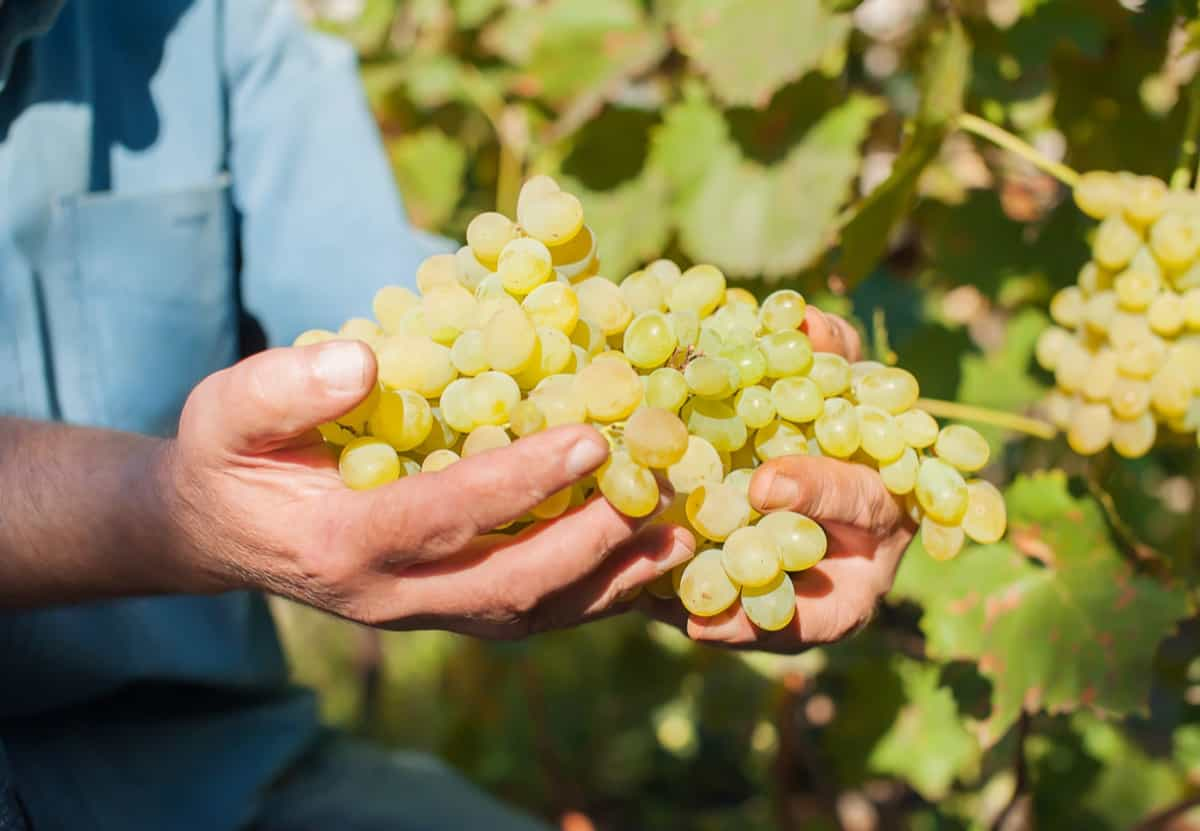
Understanding the Science Behind Fruit Sweetness
Fruit sweetness is mainly determined by the amount and type of sugars present in the fruit. The most common sugars found in fruits are glucose, fructose, and sucrose. While sucrose is a complex sugar that enzymes break down glucose and fructose, glucose and fructose are simple sugars that the body can directly absorb. The ratio of these sugars affects the perceived sweetness of the fruit. For example, fructose is sweeter than glucose, so fruits with higher fructose content tend to taste sweeter than those with lower fructose content.
Several factors, such as plant species, variety, maturity, and environmental conditions, influence the sugar content of fruits. Some plants naturally produce more sugars than others, and some varieties within the same species may have different sugar levels. For instance, apples have more sugar than lemons, and Fuji apples have more sugar than Granny Smith apples.
The maturity of the fruit also affects its sugar content, as fruits tend to accumulate more sugar as they ripen. Additionally, environmental conditions such as temperature, humidity, rainfall, sunlight, soil quality, and nutrient availability can affect the sugar production and accumulation in fruits. Generally speaking, fruits grown in warmer, drier, sunnier, and less fertile conditions tend to have higher sugar content than those grown in cooler, wetter, shadier, and more fertile conditions.
How to Increase the Sweetness of Fruits
Natural Methods to Enhance the Sweetness of Home-Grown Fruits
Use Natural Fruit Sweetness Enhancement Products
One of the easiest ways to enhance the sweetness of your fruits is to use natural fruit sweetness enhancement products that are specially formulated to boost the sugar production and accumulation in fruits. These products usually contain organic ingredients such as seaweed extracts, humic acids, amino acids, vitamins, minerals, enzymes, and beneficial microbes that can stimulate the plant’s metabolism and improve its nutrient uptake and utilization. By applying these products to your soil or foliage, you can expect to see an increase in the sweetness and flavor of your fruits.
Apply Best Fertilizers for Sweet Fruit Production
Another way to increase the sweetness of your fruits is to apply the best fertilizers for sweet fruit production that can provide the optimal balance of nutrients for your plants. Fertilizers are for plant growth and development, but not all fertilizers are suitable for fruit production. Some fertilizers may contain too much nitrogen or phosphorus that can promote excessive vegetative growth at the expense of fruit quality.
In case you missed it: How to Increase Crop Yield: Production Boosting Methods and Ways of Improving Crop Yield
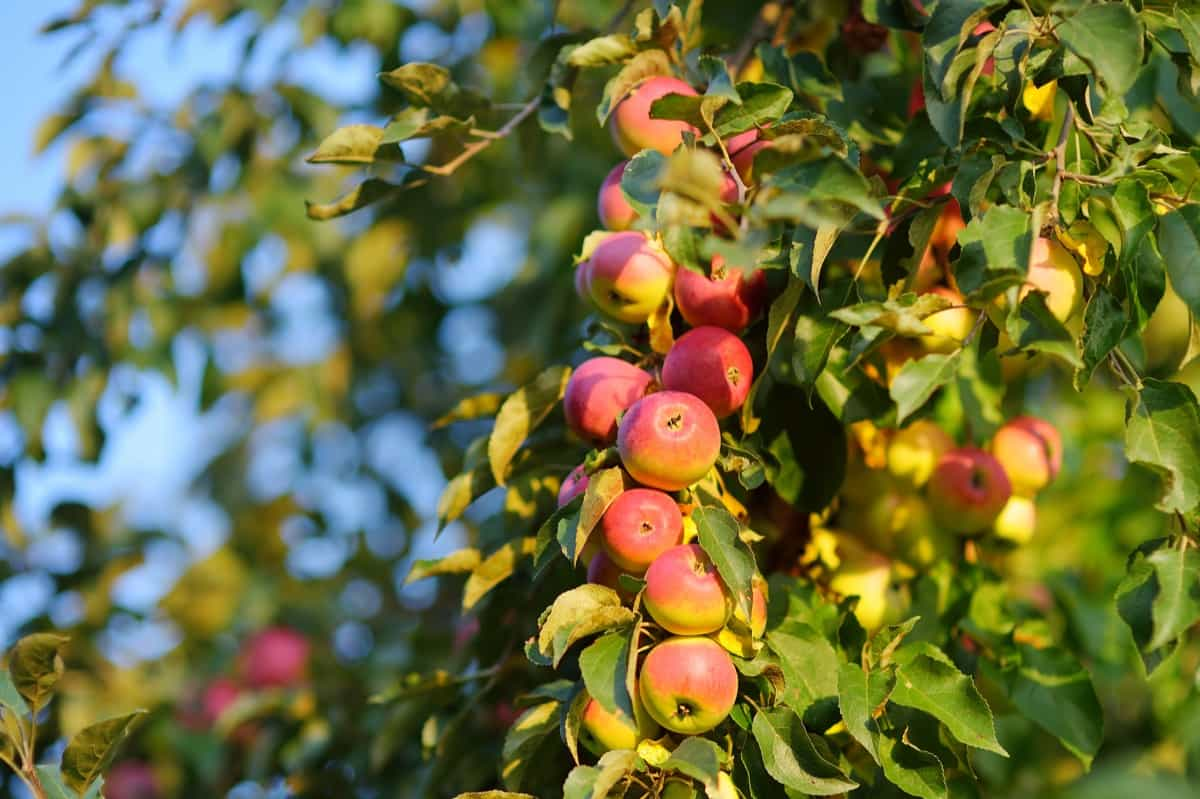
To avoid this problem, you should use fertilizers that have a low nitrogen-to-potassium ratio (N: K) and a moderate phosphorus-to-potassium ratio (P: K) that can encourage fruit development and sugar accumulation. For example, a fertilizer with an N:K: P ratio of 5:10:10 or 10:20:20 would be ideal for sweet fruit production.
Boron and Potassium nutrients play a crucial role in boosting the sweetness, weight, and overall appeal of your fruits. Learn how foliar sprays of Potassium and Boron not only enhance the color and palatability of fruits but also significantly extend their shelf life and reduce acidity.
Implement Effective Watering Techniques for Sweet Fruit Cultivation
Watering is another important factor that affects the sweetness of your fruits. Watering is necessary for plant survival and growth, but overwatering or underwatering can have negative effects on fruit quality. Overwatering can dilute the sugar concentration in fruits and make them taste watery or bland. Underwatering can create stress the plants and reduce their photosynthesis and sugar production.
To avoid these problems, you should implement effective watering techniques for sweet fruit cultivation that can provide adequate moisture without causing water stress or waterlogging. Some of these techniques include: To promote root growth and water retention, water deeply, early or late in the morning or evening, at the base of plants to prevent leaf wetting and fungal diseases, and less frequently during fruit ripening to increase sugar concentration, use mulch to conserve soil moisture, and install drip irrigation, soaker hoses to minimize water wastage.
Optimize Sun Exposure for Sweeter Fruits
Sunlight is for photosynthesis by which plants make use of light energy into chemical energy and produce sugars. Therefore, optimizing sun exposure for sweeter fruits is a key method to enhance fruit sweetness. Sunlight exposure can affect the sugar content of fruits in two ways: by increasing the photosynthetic rate and by triggering the production of anthocyanins.
Anthocyanins are pigments that give fruits their red, blue, or purple color and also contribute to their sweetness and flavor. Sunlight exposure can stimulate the synthesis of anthocyanins in fruits, especially in those with dark-colored skins, such as grapes, berries, cherries, plums, and apples. To improve fruit quality, consider the following factors:
- Plant fruit trees or vines in 6-8 hours of sunlight per day.
- Avoid planting near buildings or shade-casting plants.
- Prune and train plants to create an open canopy.
- Remove dead, damaged branches.
- Thin out fruits to reduce competition for nutrients and water.
- Increase size and sweetness.
- Remove misshapen, immature, or infected fruits to maintain crop quality.
Prune for Increased Fruit Sugar Content
Pruning is a gardening technique that involves cutting off some parts of a plant to improve its shape, health, and productivity. Pruning can also help increase the sugar content of fruits by reducing the number of leaves and branches that compete with the fruits for resources. By pruning your fruit trees or vines, direct more energy and nutrients to the fruits and enhance their sweetness and flavor.
Pruning plants for increased fruit sugar content can be done in various ways, depending on their type and age. Some general guidelines include pruning during the dormant season, according to their natural growth habit and desired shape, removing dead, diseased, damaged, or crossing branches that may interfere with airflow and sunlight penetration, thinning out branches and leaves that may overcrowd the canopy, and stimulating new growth and fruiting buds to produce more and sweeter fruits in the next season.
Harvest at Ideal Times for Peak Sweetness
Harvesting is the final step in fruit production and one of the most important factors that affect fruit sweetness. Harvesting at ideal times for peak sweetness can make difference in the taste and flavor of your fruits. Harvesting too early or too late can result in fruits that are either sour, bitter, or bland. The ideal harvesting time for peak sweetness varies depending on the type and variety of your fruits.
In case you missed it: How to Increase Flowering in Vegetables: Best Ways to Induce and Enhance Flower Set
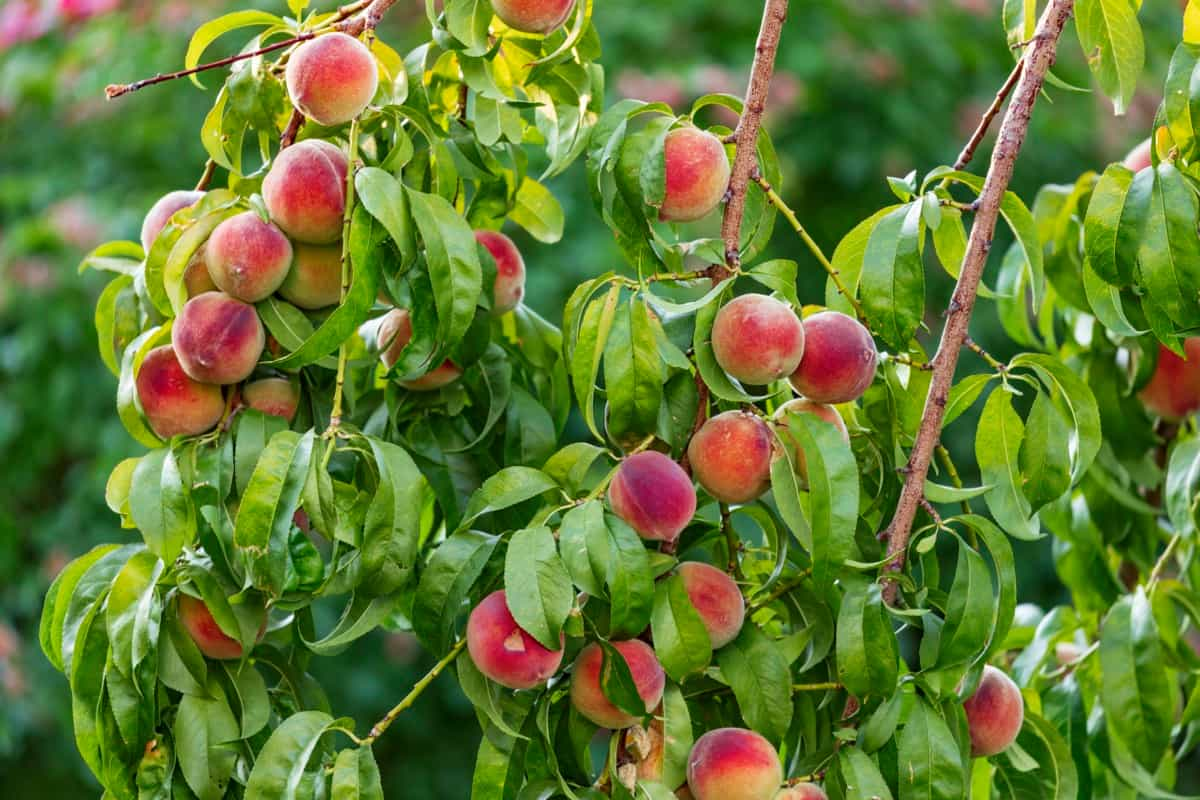
Some fruits, such as apples, pears, peaches, nectarines, apricots, plums, cherries, and grapes, continue to ripen after they are picked from the tree or vine. These fruits are called climacteric fruits, and they should be harvested when they are fully mature but still firm. Other fruits such as oranges, lemons, grapefruits, pineapples, bananas, and melons do not ripen after they are picked from the plant. These fruits are called non-climacteric fruits, and they should be harvested when they are fully ripe and sweet.
The ideal harvesting time for peak sweetness in fruits depends on several factors. The skin color changes from green, yellow, orange, red, purple, or brown, depending on the fruit’s variety. The flesh texture becomes softer and juicier, but some fruits may remain hard or mushy overripe. The fruit’s aroma becomes stronger and more fragrant, but some fruits may have a subtle aroma or a sour smell. The taste of the fruit also plays a role in determining the optimal harvesting time. It is essential to consider these indicators when selecting the right fruit for optimal sweetness.
DIY Tricks to Sweeten Fruits on the Tree or Vine
To sweeten fruits on a tree or vine, reduce water intake to increase sugar concentration and taste. However, avoid overdoing this as it can stress plants and affect yield. Optimize sun exposure by pruning regularly, removing excess foliage, and choosing a sunny location. Fruits with more sunlight tend to produce more sugars and have a sweeter flavor.
Harvest fruits at the right time based on color, size, firmness, aroma, and taste. Use a refractometer to measure sugar content and determine ripeness, as picking too early or late may not reach peak sweetness. Remember to be careful not to overdo it, as overwatering can negatively impact plants’ health and yield.
Using Organic Composts to Naturally Sweeten Your Fruits
Organic composts are beneficial for improving soil quality and fertility in fruit plants. They provide essential nutrients, minerals, and organic matter, enhancing growth and health. They retain moisture, improve drainage, and prevent soil erosion. Organic composts can also sweeten fruits by increasing potassium availability in the soil, which is crucial for fruit development and sugar production. Potassium regulates soil acidity and alkalinity, affecting fruit flavor.
To use organic composts, apply them regularly throughout the growing season, either by mixing them with the soil before planting or spreading them around the plant’s base as a mulch. Organic materials like leaves, grass clippings, kitchen scraps, manure, or worm castings can be used as composts.
Advanced Gardening: Grafting Methods for Sweeter Fruit Varieties
Grafting is a technique of joining two plants together to new plant with desirable characteristics. It is commonly used propagate fruit trees and vines that are difficult to grow from seeds or cuttings. Grafting can also be used to create sweeter fruit varieties by combining a rootstock adapted to soil and climate conditions with a scion that produces sweet fruits. Some examples of grafting methods for sweeter fruit varieties include Cleft grafting, Whip grafting, and T-budding.
Cleft grafting involves making a vertical cut in the rootstock and inserting one or two scions, suitable for fruit trees with thick stems like apples, pears, plums, and cherries. Whip grafting involves making a diagonal cut in both the rootstock and scion, joining them together with a tongue-and-groove fit, suitable for fruit trees with thin stems like peaches, nectarines, apricots, and citrus.
In case you missed it: How to Increase Flowering in Fruit Trees: Step-by-Step Guide for Beginners
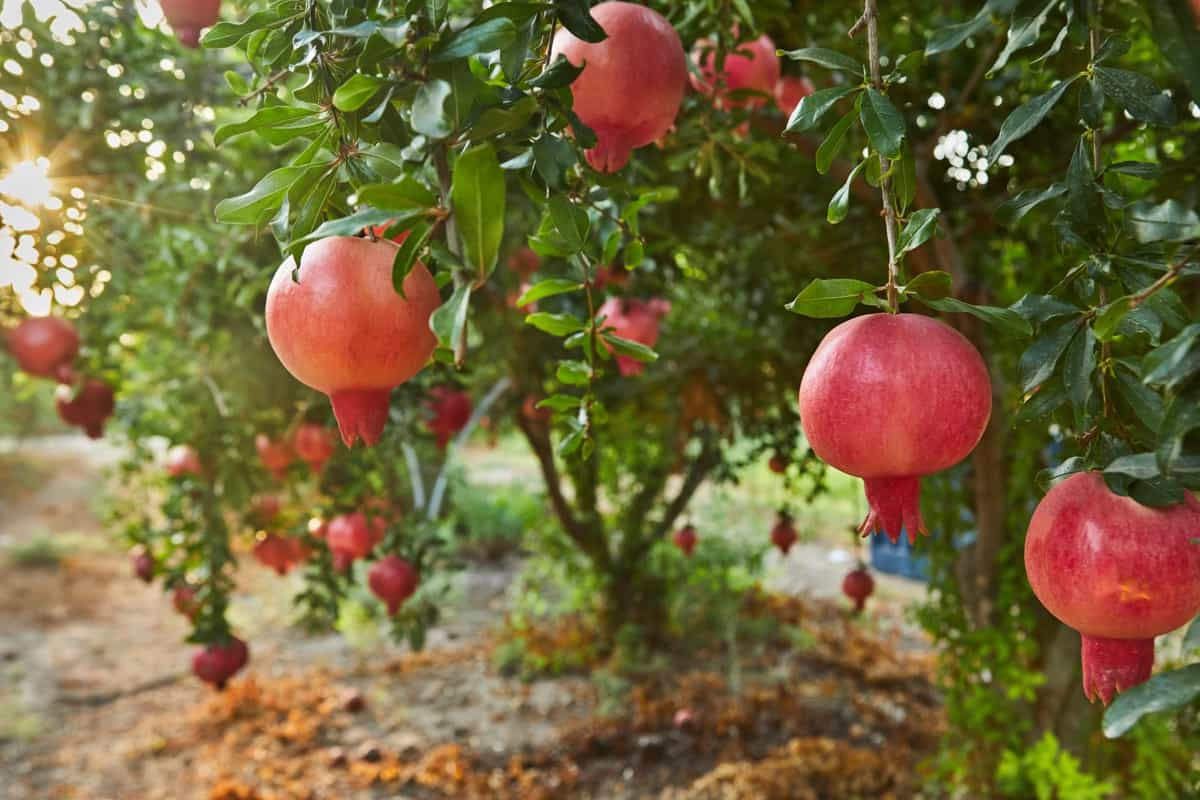
The Impact of Climate and Weather on Fruit Sweetness
Climate and weather significantly influence the sweetness of fruits, affecting factors such as temperature, rainfall, sunlight, humidity, wind, and frost. Warmer climates tend to produce sweeter fruits due to increased photosynthesis and sugar production. Rainfall dilutes sugars, while sunlight provides energy for photosynthesis and sugar production. Humidity, wind, and frost influence evaporation and transpiration rates, with high humidity, low wind, and mild frost retaining moisture and sugars. In contrast, low humidity, high wind, and severe frost can cause loss.
Step-by-Step Guide to Sweetening Acidic Fruits
- Choose ripe fruits, which have more sugars and less acids than unripe ones. Identify ripeness by color, size, firmness, aroma, and taste. Use a refractometer to measure sugar content.
- Wash and peel fruits to remove dirt, pesticides, and bacteria while also removing concentrated acids. Cut and core fruits to expose more surface area for sugars to dissolve and spread.
- Sprinkle sugar or honey on fruits to add sweetness and mask acidity. Be careful not to add too much, as it can increase calories and affect the nutritional value.
- Add lemon juice or vinegar to enhance flavor and aroma, but be cautious not to make fruits too sour or bitter.
- Mix yogurt or cream with fruits to add creaminess and richness and balance out acidity and sweetness. Be careful not to add too much, as it can dilute the flavor and increase the calories.
In case you missed it: High-Density Orange Plantation: Spacing, Plants Per Acre, Techniques, Cost, and Yield
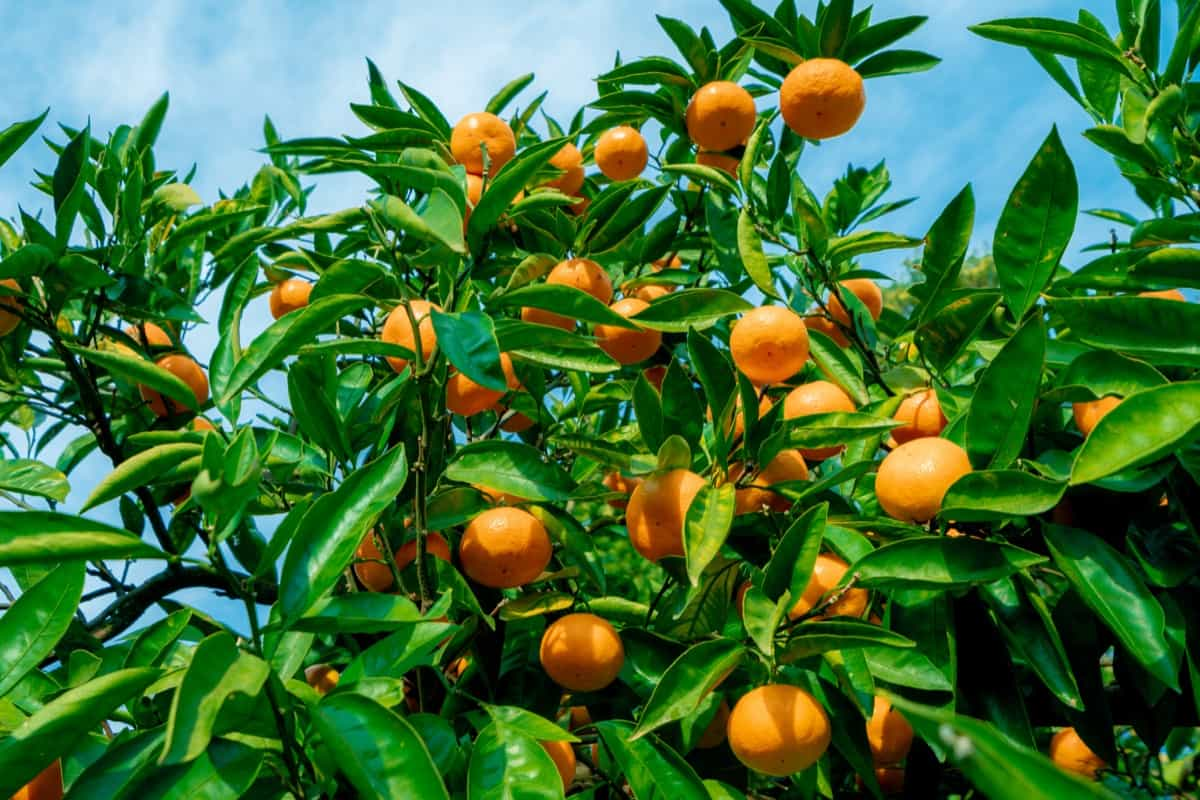
Innovative Storage and Ripening Techniques for Enhancing Sweetness
Fruit storage and ripening are crucial stages that affect their sweetness. Techniques for enhancing sweetness include controlled atmosphere storage, modified atmosphere packaging, ethylene treatment, and paper bag method. Controlled atmosphere storage involves storing fruits in a sealed container with a specific ratio of oxygen, carbon dioxide, ethylene gas, and nitrogen to slow down respiration and ripening.
Modified atmosphere packaging creates a micro-environment around fruits, regulating oxygen, carbon dioxide, ethylene gas, and moisture levels. Ethylene treatment, a natural plant hormone, can speed up ripening and increase sugar production, but overdoing can cause overripening and spoilage. The paper bag method involves placing fruits in a paper bag with ripe banana or apple to create a high-ethylene environment.
Cross-Pollination Strategies for Growing Sweeter Fruits
Cross-pollination is the process of transferring pollen from one fruit tree variety to another, which is crucial for producing quality fruits. It can increase the number of seeds in fruits, affecting their size, shape, and sweetness. This can be achieved by planting different fruit varieties that bloom at the same time and are compatible with each other.
Pollinators, like bees, play a role in cross-pollination, which can be attracted and protected by providing diverse flowering plants, nesting sites, and water sources and avoiding harmful pesticides. To enhance cross-pollination, practices such as spacing trees, choosing compatible varieties, using ornamental flowering trees or crabapples as pollinizers, pruning, and thinning trees, and harvesting fruits at the optimal time for peak sweetness is essential.
In case you missed it: High-Density Banana Plantation: Spacing, Plants Per Acre, Techniques, and Yield
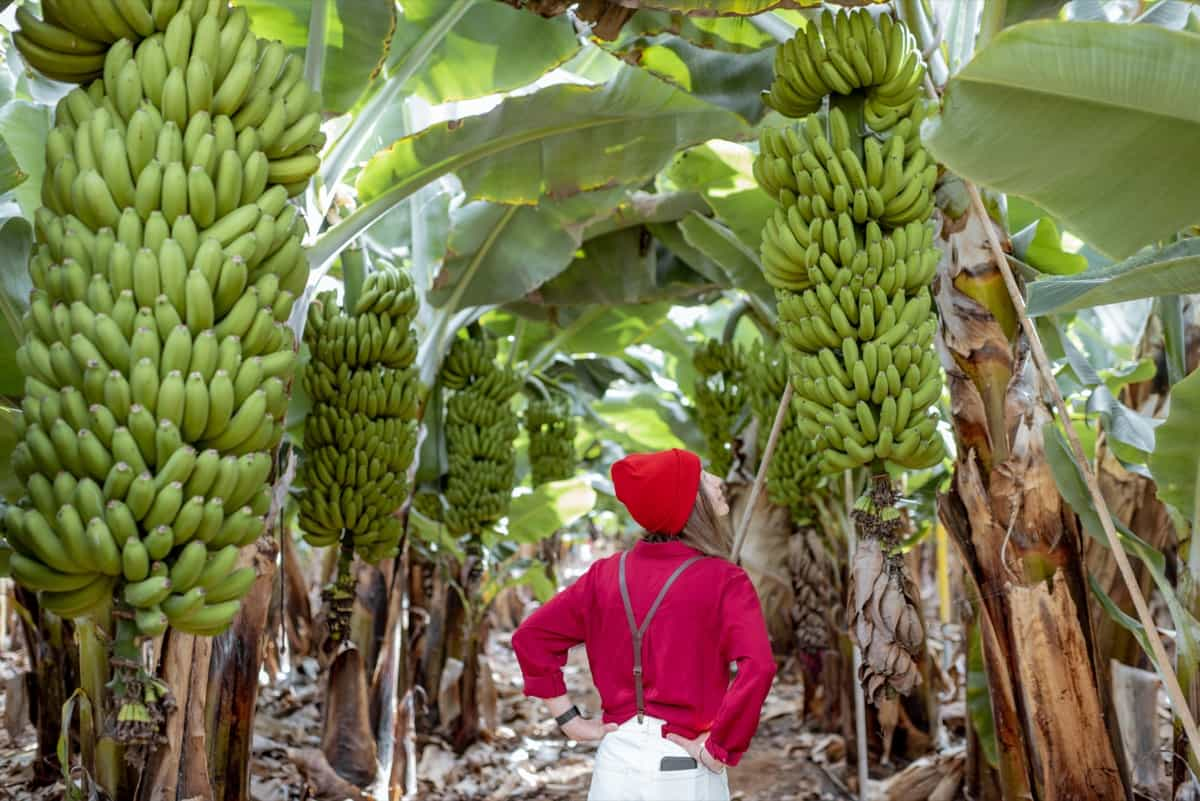
Conclusion
In the realm of fruit cultivation, diversifying methods to boost sugar content opens avenues for flavorful harvests. From strategic pruning to optimal harvesting times, this exploration of sweetness enhancement offers a spectrum of techniques. Implementing these methods empowers growers to savor the literal fruits of their labor with enhanced natural sweetness.
- Types of Pesticides Used in Agriculture: A Beginner’s Guide
- Economical Aquaculture: A Guide to Low-Budget Fish Farming
- 15 Common Planting Errors That Can Doom Your Fruit Trees
- How to Make Houseplants Bushy: Effective Tips and Ideas
- Innovative Strategies for Boosting Coconut Pollination and Yield
- Pollination Strategies for Maximum Pumpkin Yield
- The Complete Guide to Chicken Fattening: Strategies for Maximum Growth
- Natural Solutions for Tulip Problems: 100% Effective Remedies for Leaf and Bulb-Related Issues
- Revolutionizing Citrus Preservation: Towards a Healthier, Greener Future
- Natural Solutions for Peony Leaf and Flower Problems: 100% Effective Remedies
- Maximizing Profits with Avocado Contract Farming in India: A Comprehensive Guide
- Natural Solutions for Hydrangea Problems: 100% Effective Remedies for Leaf and Flowers
- The Ultimate Guide to Choosing the Perfect Foliage Friend: Bringing Life Indoors
- From Sunlight to Sustainability: 15 Ways to Use Solar Technology in Agriculture
- The Ultimate Guide to Dong Tao Chicken: Exploring from History to Raising
- The Eco-Friendly Makeover: How to Convert Your Unused Swimming Pool into a Fish Pond
- Mastering the Art of Delaware Chicken Farming: Essentials for Healthy Backyard Flocks
- 20 Best Homemade Fertilizers for Money Plant: DIY Recipes and Application Methods
- How to Craft a Comprehensive Free-Range Chicken Farming Business Plan
- Brighten Your Flock: Raising Easter Egger Chickens for Beauty and Bounty
- How to Optimize Your Poultry Egg Farm Business Plan with These Strategies
- Subsidy for Spirulina Cultivation: How Indian Government Schemes Encouraging Spirulina Farmers
- Ultimate Guide to Raising Dominique Chickens: Breeding, Feeding, Egg-Production, and Care
- Mastering the Art of Raising Jersey Giant Chickens: Care, Feeding, and More
- Ultimate Guide to Raising Legbar Chickens: Breeding, Farming Practices, Diet, Egg-Production
- How to Raise Welsummer Chickens: A Comprehensive Guide for Beginners
- How to Protect Indoor Plants in Winter: A Comprehensive Guide
- Ultimate Guide to Grow Bag Gardening: Tips, Tricks, and Planting Ideas for Urban Gardeners
- Guide to Lotus Cultivation: How to Propagate, Plant, Grow, Care, Cost, and Profit
- Agriculture Drone Subsidy Scheme: Government Kisan Subsidy, License, and How to Apply Online
- Ultimate Guide to Raising Araucana Chickens: Breed Profile, Farming Economics, Diet, and Care
- Bringing Hydroponics to Classroom: Importance, Benefits of Learning for School Students
- Ultimate Guide to Raising Polish Chickens: Breed Profile, Farming Economics, Diet, and Care
- Ultimate Guide to Raising Australorp Chickens: Profile, Farming Economics, Egg Production, Diet, and Care
- Silkie Chicken Farming: Raising Practices, Varieties, Egg Production, Diet, and Care
- Sussex Chicken Farming: Raising Practices, Varieties, Egg Production, Diet and Care